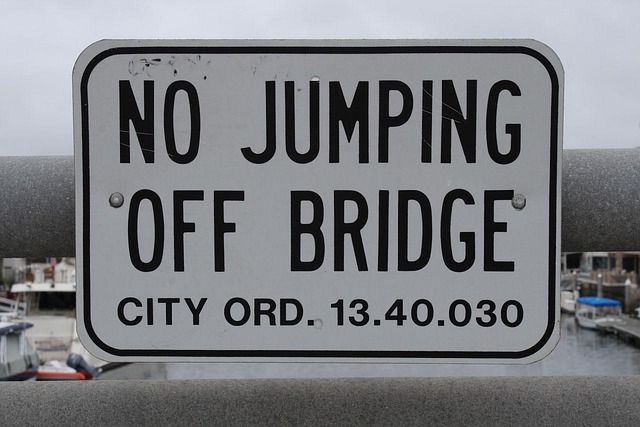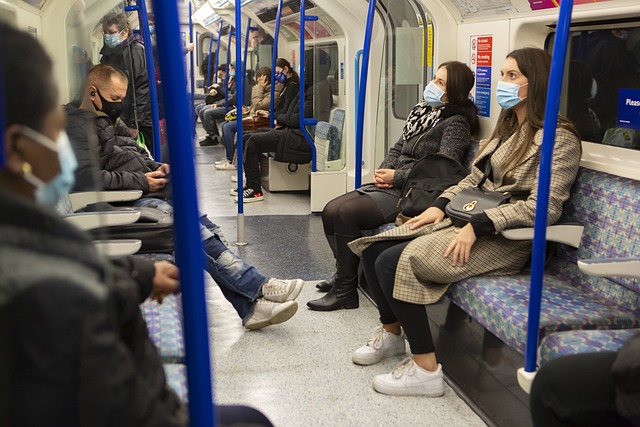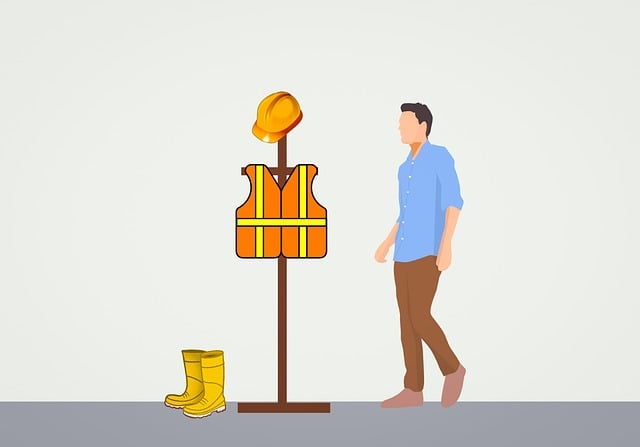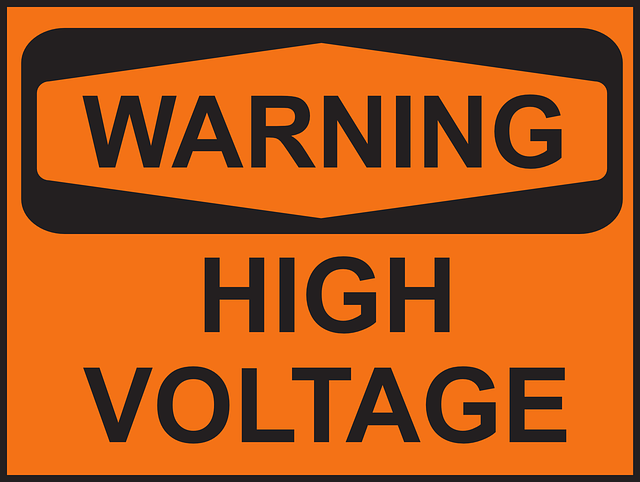In the fast-paced world of transportation and logistics, prioritizing passenger safety is paramount. Comprehensive background checks for commercial drivers, including license verification, criminal records, driving history, and drug testing, are crucial for risk management, ensuring industry standards, and enhancing public trust. These screenings protect road users by identifying potential risks like criminal activity or dangerous driving habits. By adopting digital platforms and staying informed about regulatory changes, transportation companies can maintain a safety-first culture, uphold industry compliance, and deliver a safer travel experience. Key terms: Background Checks in Transportation, driver background screening, commercial driver verification, transportation safety checks, passenger safety background checks, transportation industry compliance, vehicle operator screening.
In the dynamic landscape of transportation, ensuring passenger safety through robust driver background screening is paramount. This article delves into the critical aspect of verifying commercial driver licenses and certifications, exploring why these processes are essential for maintaining transportation safety and industry compliance. From understanding the importance of comprehensive screening to implementing best practices for continuous verification, we uncover the key steps in safeguarding our roads and communities.
- Understanding the Importance of Commercial Driver Background Checks
- The Process of Verifying Driver Licenses and Certifications
- Ensuring Transportation Safety through Comprehensive Screening
- Maintaining Industry Compliance: Best Practices for Continuous Verification
Understanding the Importance of Commercial Driver Background Checks

In the dynamic landscape of transportation and logistics, ensuring passenger safety is paramount. Background checks for commercial drivers are not merely a box to tick; they are a crucial component in mitigating risks and upholding transportation industry compliance. Every driver who operates heavy vehicles or transports passengers holds immense responsibility, making thorough screening imperative. By implementing robust driver background screening processes, companies can identify potential issues like past convictions, substance abuse problems, or reckless driving behavior, thus safeguarding the well-being of everyone on the road.
Commercial driver verification goes beyond meeting regulatory requirements; it’s a vital step in fostering a culture of safety. Transportation safety checks ensure that individuals behind the wheel meet the highest standards, reducing the likelihood of accidents and enhancing public trust. With passenger safety background checks as part of the routine verification process, the transportation industry can confidently maintain its integrity and contribute to a smoother, safer travel experience for all.
The Process of Verifying Driver Licenses and Certifications

Verifying a commercial driver’s license (CDL) involves several crucial steps designed to ensure passenger safety and transportation industry compliance. The process begins with accessing secure databases maintained by state motor vehicle departments (DMVs). Here, using unique identifiers like the CDL holder’s name and license number, relevant information is retrieved. This includes the validity of the CDL, its endorsement restrictions, and any past violations or suspensions. Advanced driver background screening techniques may also incorporate national criminal records checks to uncover potential issues that could impact safety.
Transportation safety checks don’t stop at the CDL itself. They extend to verifying specific certifications required for operating certain types of vehicles, such as hazardous material (HazMat) endorsements. These checks ensure that vehicle operators are properly screened and qualified to handle their assigned tasks safely. Passenger safety background checks play a vital role in identifying individuals who might pose risks, thereby minimizing potential dangers on the road.
Ensuring Transportation Safety through Comprehensive Screening

Ensuring safe and reliable transportation is paramount in the logistics and freight industries. A significant aspect of achieving this is conducting thorough background checks on commercial drivers and vehicle operators. These comprehensive screening processes, often referred to as driver background screening or vehicle operator screening, are essential tools for maintaining passenger safety and industry compliance. By verifying driver licenses and certifications, employers can mitigate risks associated with unqualified or unsafe operators.
Transportation safety checks extend beyond mere license verification. They encompass a wide range of criteria, including criminal history, driving records, and drug testing. These background checks help identify potential red flags that may impact a driver’s ability to operate a commercial vehicle safely. Implementing such rigorous screening methods not only protects passengers but also safeguards the reputation of transportation companies by fostering public trust in their operations.
Maintaining Industry Compliance: Best Practices for Continuous Verification

Maintaining Industry Compliance: Best Practices for Continuous Verification
In the transportation sector, where safety is paramount, ensuring that commercial driver licenses (CDLs) and certifications are genuine and up-to-date is non-negotiable. Regular and rigorous verification processes, often referred to as driver background screening, play a crucial role in upholding transportation industry compliance. This involves comprehensive checks that extend beyond basic license validation, encompassing historical data, criminal records, and other relevant information. By integrating advanced vehicle operator screening methods, companies can identify potential risks and ensure that their drivers meet the highest safety standards.
Implementing best practices for continuous verification includes adopting digital platforms that streamline the process, automating data cross-referencing, and utilizing real-time updates on license status changes. Additionally, staying informed about regulatory updates from governing bodies is essential to adapt screening protocols accordingly. Continuous verification not only safeguards passenger safety but also fosters a culture of accountability within transportation businesses, ultimately contributing to a more secure and reliable industry.














